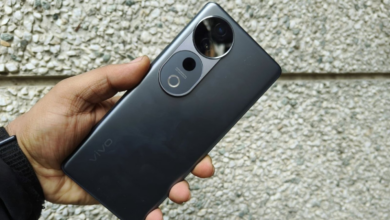Buying a new Android? Don’t fall for the ‘System Update’ trap

The Asus Zenfone 8 launched globally in May 2021 with Android 11, and was updated to Android 12 in December 2021. Yet when the same phone came to India as the Asus 8Z, it was launched with Android 11 instead of Android 12 software which has already rolled out for virtually the same phone.

Of course, a system update for the Asus 8Z came just weeks after its launch in the country, bringing it to Android 12. The catch? Users have now already used up one of the two promised system updates on the phone, which will likely only be updated to Android 13.
This is what’s beginning to look like the latest trend with phone makers. Release a phone with an older Android version, even months after a newer Android version has been out there and cut the product’s update cycle a full year.
When the update cycle has expired for the said device, the customer is left looking for a new phone, likely from the same brand since he/she has now become used to the interface and/or has become a part of the brand’s ecosystem.
The same was observed with other devices too in recent months.
OnePlus launched the OnePlus 9RT in India with Android 11 on January 15, over three months after the launch of Android 12. The phone now shares the same update cycle with the device it succeeds – the OnePlus 9R which launched almost a year before it.
While one of the two phones launched in 2021 and the other in 2022, both will be ly till Android 13.
To give you some context, Android 13, which will be the last system update for phones like the Asus 8Z and OnePlus 9RT is already in development and is expected to get a stable release months from now.
Why you should buy a phone with the latest Android version
The catch with buying a smartphone running a year-old version of Android is that your phone gets one lesser system update in the longer run, than it would have should it have launched with the latest Android version.
For instance, if the Asus 8Z or the OnePlus 9RT had both launched with Android 12, which they should have, both phones would have gotten two years of system updates. This would mean their update cycle would end at Android 14 instead of Android 13.
This need not be a deal-breaker. However, if you are looking to buy a phone for long term use, buying one that launches with the most recent Android version can keep your phone updated to the current Android version for at least an extra year a couple years from now.
With modern phones marketing camera and hardware specifications on page one, software information can often be hard to find. If system updates are important to you (they should be) always check what Android version you get out of the box and how many years of updates the device will get.







